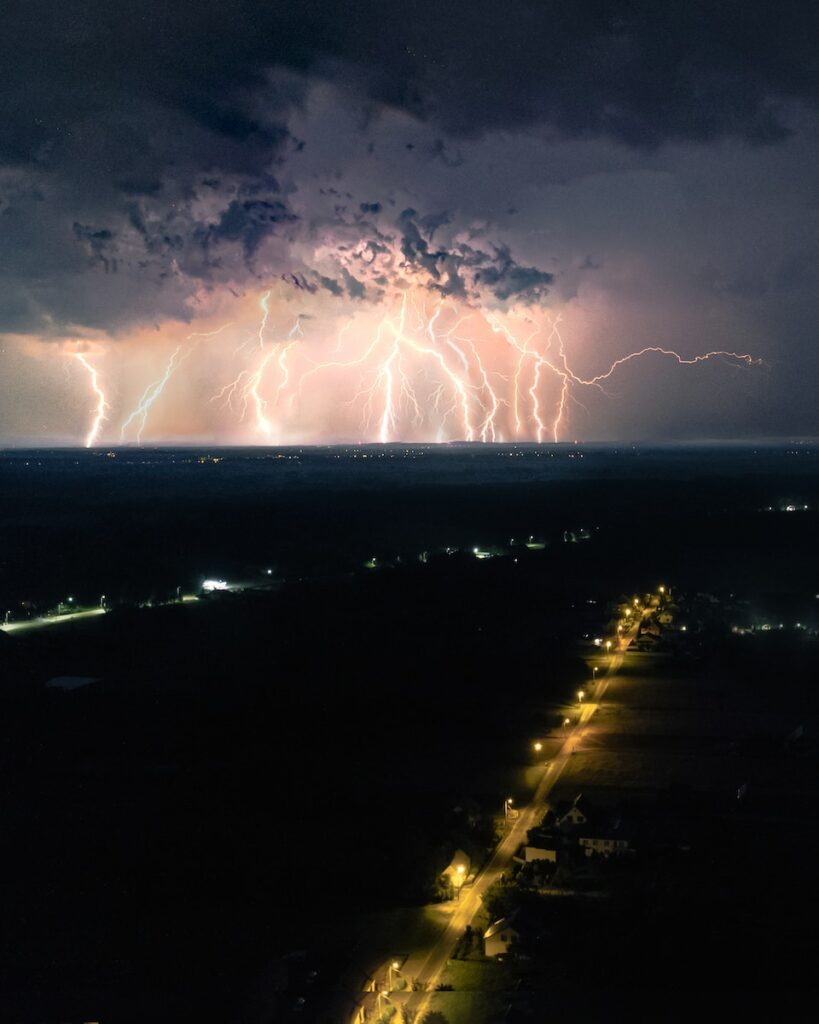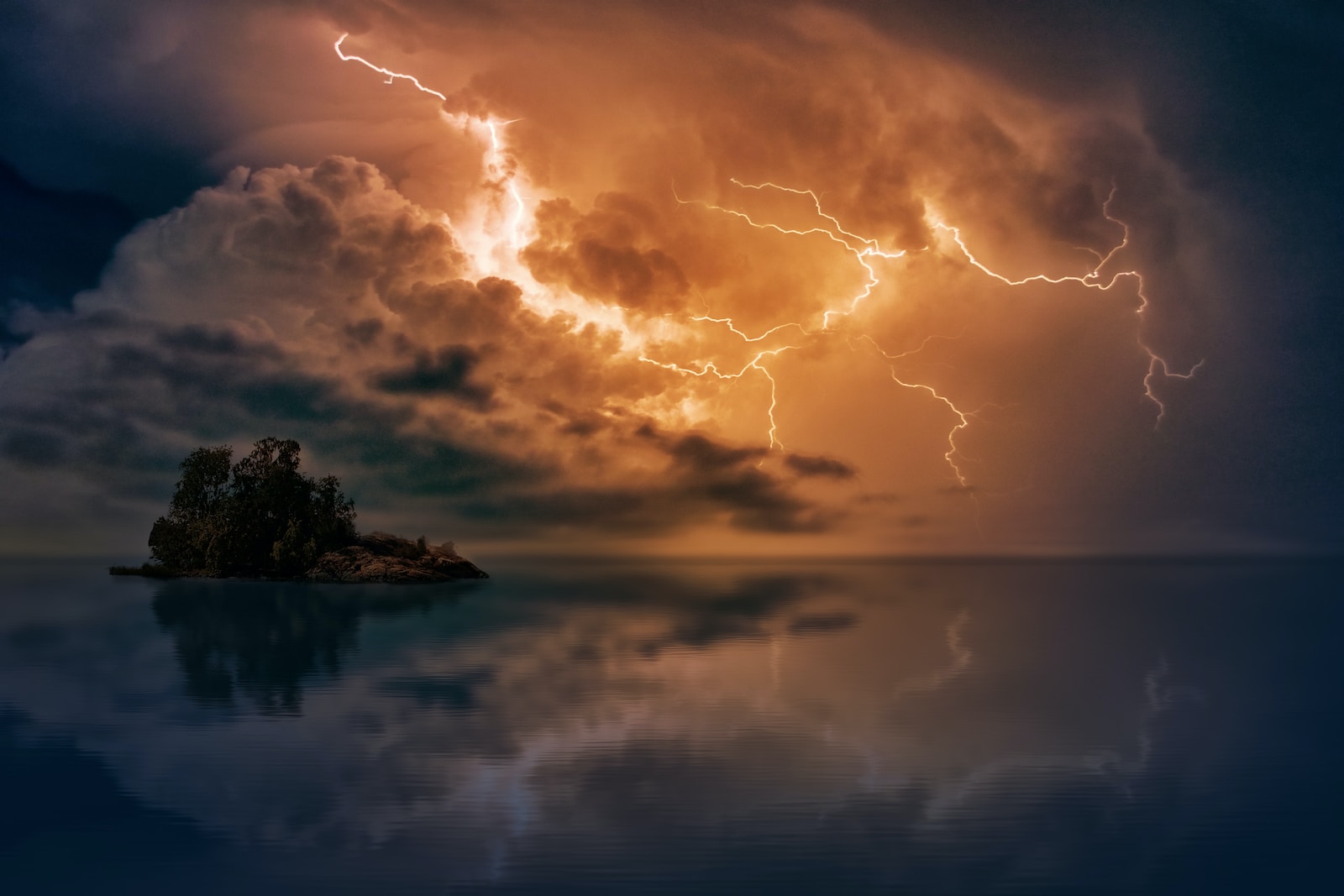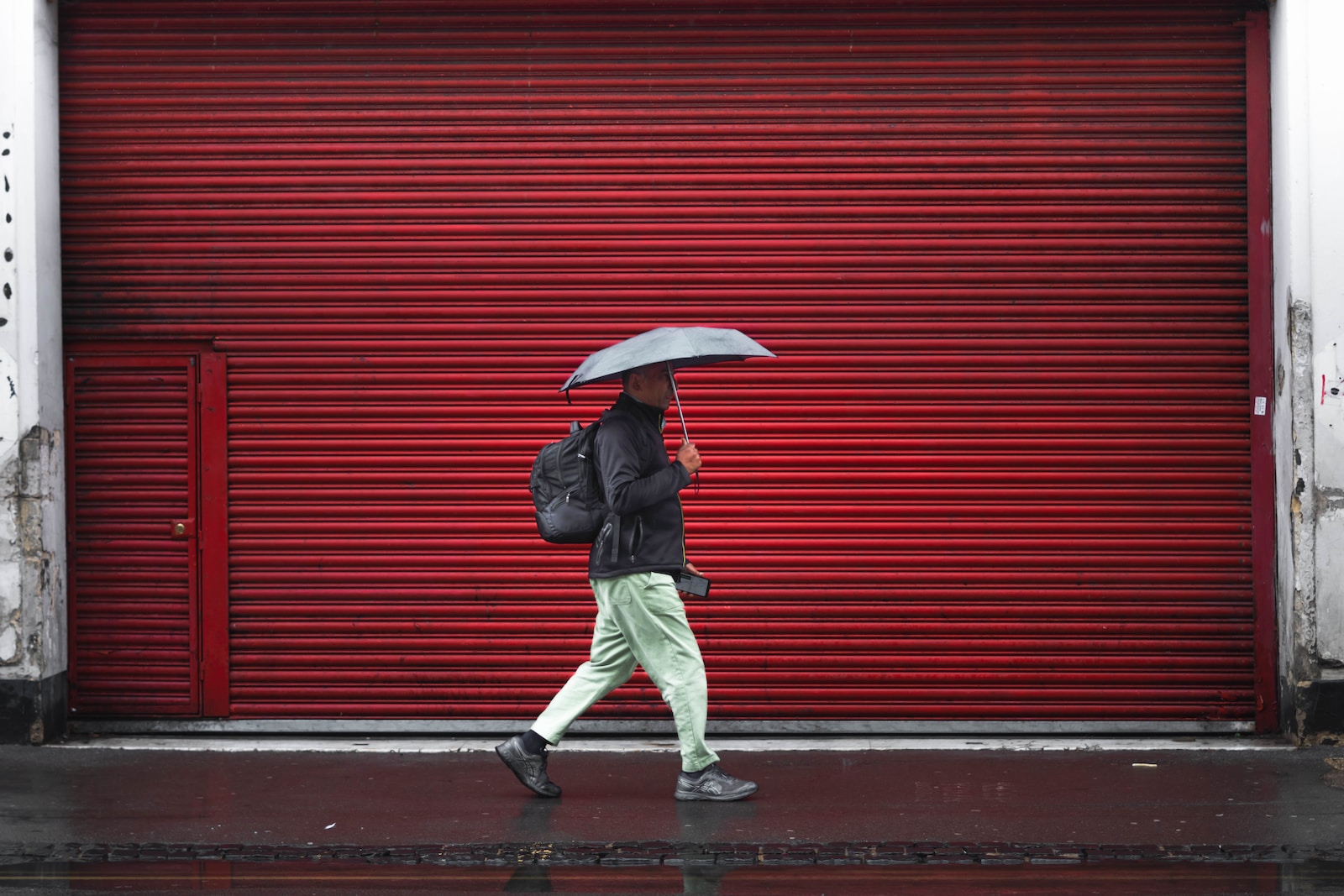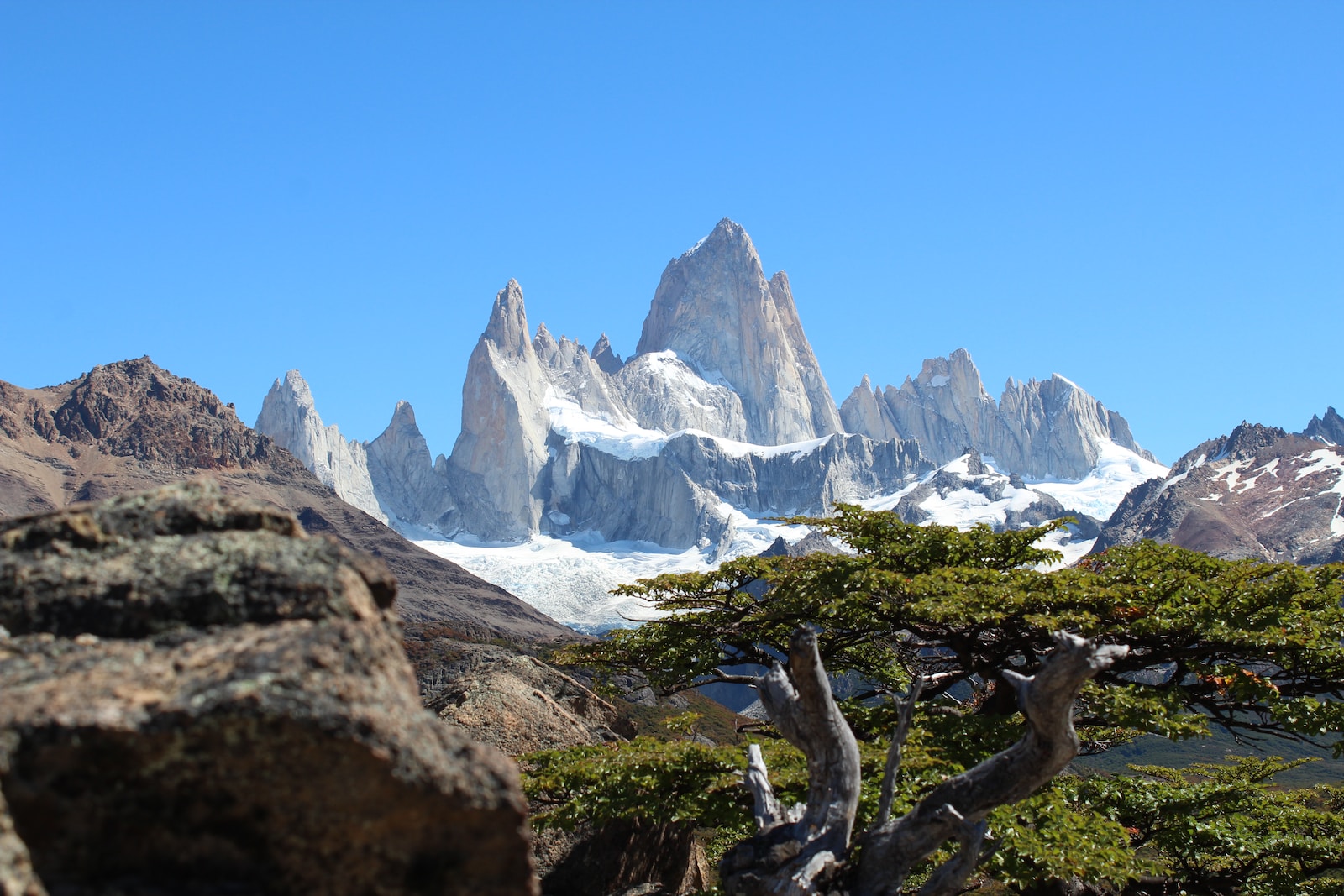Are you ready to step into the thrilling world of storm photography? Brace yourself as we dive into the heart of nature’s fury and uncover the secrets of capturing the awe-inspiring power of storms through the lens of a camera. In this blog, we will explore techniques, equipment, and locations to help you master the art of storm photography. From lightning strikes to menacing clouds, join us as we navigate the tempestuous world of capturing the perfect storm.
Table of Contents
- The Power and Beauty of Storm Photography
- Choosing the Right Equipment for Storm Photography
- Unlocking the Secrets of Storm Photography
- Eye of the Storm: The Exciting World of Storm Photography
- Frequently Asked Questions
- 1. What equipment do I need for storm photography?
- 2. How do I protect my camera from the elements?
- 3. What camera settings work best for storm photography?
- 4. How do I capture lightning in my photographs?
- 5. Are there any safety precautions I should take while photographing storms?
- 6. What composition techniques can I use for storm photography?
- 7. How can I post-process my storm photographs?
- 8. Where can I find inspiration for storm photography?
- Wrap Up
- Frequently Asked Questions
The Power and Beauty of Storm Photography
Storms are a mesmerizing force of nature that captivate our attention with their raw power and stunning beauty. As a storm photographer, you have the unique opportunity to capture these dramatic moments and share them with the world. With the right techniques and a keen eye, you can create breathtaking images that not only showcase the storm itself but also convey the emotions and energy it evokes.
Immerse Yourself in the Storm
To capture the essence of a storm in your photographs, it’s essential to immerse yourself in the experience. Get as close as safety allows, and don’t shy away from the elements. By placing yourself in the heart of the storm, you’ll be able to capture images that truly portray its intensity. Remember, though, safety should always be your top priority. Study weather patterns and keep an eye on forecasts to plan your photography outings accordingly.
When photographing storms, it’s crucial to have the right equipment. Invest in a sturdy tripod to keep your camera stable in strong winds, and don’t forget a waterproof cover for both your camera and yourself. Additionally, a wide-angle lens is ideal for capturing the expansive nature of storms, while a telephoto lens can allow you to zoom in on striking details, such as lightning bolts or swirling clouds.
Master the Art of Composition
Composition is key when it comes to storm photography. By carefully framing your shots, you can create visually striking images that draw viewers into the scene. One effective technique is to use the rule of thirds, where you divide your frame into a 3×3 grid and position key elements along the intersecting lines. Placing the storm front and dramatic clouds off-center can add a sense of dynamism and balance to your photographs.
Furthermore, consider using leading lines to guide the viewer’s eye through the image. Incorporate elements such as roads, fences, or shoreline to draw attention to the storm and create a sense of depth. Experiment with different angles and perspectives to capture unique viewpoints and highlight the scale of the storm.
While capturing the storm itself is undoubtedly captivating, don’t forget to look for interesting secondary subjects that can enhance your photos. This can include capturing dramatic lighting striking a landmark, showcasing people or objects that provide scale and context, or even using the storm as a backdrop for a stunning landscape. Experiment with different elements to add depth and interest to your compositions.
In conclusion, storm photography offers a thrilling and challenging opportunity to harness the power of nature and create awe-inspiring images. By immersing yourself in the storm and mastering the art of composition, you can capture photographs that truly convey the intensity and beauty of these powerful weather events. So grab your camera, brace yourself, and embark on a breathtaking journey into the eye of the storm.
Did you know that storms are formed when warm, moist air rises and collides with cooler air, creating turbulent weather conditions? This collision of air masses gives birth to the awe-inspiring power and beauty of storms.
Choosing the Right Equipment for Storm Photography
When it comes to capturing the incredible power and beauty of storms, having the right camera and equipment is crucial. As a storm photographer, you’ll want to ensure that you have the necessary tools to capture those breathtaking moments in the most visually stunning way possible. Let’s explore the best camera, lenses, and other equipment options that can help you master the art of storm photography.
The Ideal Camera for Storm Photography
The most important piece of equipment for storm photography is undoubtedly the camera. An ideal camera would have a high-resolution sensor, allowing you to capture fine details in the storm clouds, lightning, and other atmospheric phenomena. Additionally, a camera with a fast burst rate will enable you to capture multiple frames per second, increasing your chances of capturing that perfect lightning strike.
One option to consider is a full-frame DSLR camera. With its larger sensor, it can capture more light and provide better image quality, even in low-light conditions. Another option is a mirrorless camera, which offers similar capabilities in a more compact and lightweight form factor.
The Power of the Right Lenses
When it comes to storm photography, having a good selection of lenses is essential. Let’s take a look at some options:
- Wide-angle lens: This lens is perfect for capturing the vastness and drama of stormy skies. It allows you to include more of the storm formation in your frame, adding a sense of scale and grandeur.
- Telephoto lens: A telephoto lens is ideal for capturing lightning bolts, as it allows you to zoom in and focus on specific areas of the storm. It can also be useful for capturing intricate cloud formations and details in the lightning strikes.
- Zoom lens: A versatile zoom lens, such as a 24-70mm, can cover a wide range of focal lengths, making it great for capturing both wide-angle shots and close-ups of storm features.
Remember, different lenses offer unique perspectives and creative possibilities, so having a variety of options in your kit will allow you to experiment and capture a wide range of captivating storm shots.
No matter which camera and lenses you choose, having a sturdy tripod is essential to keep your shots steady, especially when photographing with longer exposures. Additionally, investing in a remote shutter release can help prevent camera shake while triggering the shutter.
By choosing the right camera, lenses, and other equipment, you’ll be well-prepared to capture the awe-inspiring beauty and power of storms. So, gear up and get ready to embark on an exciting journey into the world of storm photography!

Unlocking the Secrets of Storm Photography
Storm photography is an exhilarating and challenging genre that allows photographers to capture the raw power and beauty of nature. From dramatic lightning strikes to swirling cloud formations, the eye of the storm presents endless opportunities for stunning and breathtaking images. In this article, we will delve into the exciting world of storm photography, discussing the best time of year to shoot, ideal vantage points, and strategic positioning to capture the perfect shot.
The Best Time of Year to Capture Storms
As any experienced storm photographer will tell you, timing is crucial in capturing the most impactful images. The best time of year to photograph storms varies depending on the geographical location. In regions with distinct seasons, spring and summer tend to be the prime times, as these seasons bring frequent thunderstorms and atmospheric instability.
When planning your storm photography expedition, keep an eye on weather forecasts and storm-tracking tools. Monitoring conditions such as temperature, humidity, and atmospheric pressure can help you anticipate when storms are likely to occur. Additionally, consider the time of day, as different times offer unique lighting conditions. Sunrise and sunset are particularly popular among storm photographers due to the warm, golden light that can enhance the drama and intensity of a storm.
Finding the Perfect Vantage Points
Choosing the right vantage point plays a crucial role in capturing captivating storm images. Here are a few suggestions to help you find the perfect location:
- Elevated Positions: Look for elevated positions such as hilltops, cliffs, or high-rise buildings that provide a clear and unobstructed view of the storm. Being at a higher elevation can offer a broader perspective and a more comprehensive view of the storm’s movement.
- Waterfront Locations: If you have the opportunity, head to a beach, lake, or riverside to photograph storms. Bodies of water can add a reflective element to your images, creating stunning compositions.
- Unique Landmarks: Consider iconic landmarks or structures in your area as potential vantage points. These landmarks can add depth and scale to your storm photographs, offering a sense of awe and grandeur.
- Rural Areas: Venturing into rural areas away from city lights can provide a sharper contrast between the storm and its surroundings. This contrast can enhance the drama and impact of your images.
Remember, safety is paramount when photographing storms. Always exercise caution and never put yourself in harm’s way for the sake of a photograph.
By understanding the best time of year to photograph storms and finding unique vantage points, you can position yourself for success and capture captivating images that showcase the incredible power and beauty of storms. So, grab your camera, embrace the unpredictable nature of storm photography, and let your creativity shine as you capture the eye of the storm.
One helpful photography tip for capturing stormy weather is to use a tripod. This will ensure that your camera remains steady even in windy conditions, resulting in sharper images. Additionally, adjusting the shutter speed can help capture the movement and intensity of the storm, adding drama to your photographs.
Eye of the Storm: The Exciting World of Storm Photography
Harness the power of nature and learn the art of storm photography.
Frequently Asked Questions
1. What equipment do I need for storm photography?
To capture stunning storm photographs, you’ll need a DSLR camera with manual settings, a sturdy tripod, a wide-angle lens, and a remote shutter release for stability.
2. How do I protect my camera from the elements?
Invest in a weather-sealed camera body or use a rain cover to shield your camera from rain and moisture. Remember to keep a microfiber cloth handy to wipe off any water droplets.
3. What camera settings work best for storm photography?
Set your camera to manual mode and adjust the ISO to a low setting (around 100-200) for crisp, noise-free images. Use a fast shutter speed (around 1/250th of a second) to freeze the action of lightning or fast-moving clouds. Experiment with different apertures (f/8 to f/16) to achieve the desired depth of field.
4. How do I capture lightning in my photographs?
Use a tripod and set your camera to a long exposure (bulb mode or around 30 seconds) to capture lightning bolts. Keep the shutter open until a bolt appears, then close it. Patience is key!
5. Are there any safety precautions I should take while photographing storms?
Always prioritize your safety when shooting storms. Avoid open fields, tall structures, or bodies of water during lightning storms. Seek shelter immediately if there is a risk of severe weather.
6. What composition techniques can I use for storm photography?
Experiment with leading lines, such as roads or fences, to create a sense of depth and perspective. Incorporate interesting foreground elements, like trees or rocks, to add visual interest to your images. Look for unique angles or vantage points to capture the drama of the storm.
7. How can I post-process my storm photographs?
Use editing software like Adobe Lightroom or Photoshop to enhance the colors, contrast, and sharpness of your images. Correct any exposure issues and remove distractions if necessary.
8. Where can I find inspiration for storm photography?
Check out photography books, online galleries, and social media platforms to get inspired by the work of other storm photographers. Join photography communities or attend workshops to learn from experienced professionals.
Now that you have answers to some of the most frequently asked questions about storm photography, you’re ready to embark on your thrilling journey of capturing the power and beauty of storms through your lens. Stay safe and never stop exploring!
Wrap Up
Storm photography captures the raw beauty and power of nature like no other. With the right techniques and a good camera, you can bring these incredible scenes to life, freezing moments of intensity and awe. Whether you’re an experienced photographer or just starting out, exploring the world of storm photography can be incredibly rewarding.
Remember to always prioritize your safety and consider seeking guidance from experienced storm chasers. Now that you have a better understanding of the techniques and equipment needed, it’s time to grab your camera and venture into the storm. Don’t let fear hold you back from capturing breathtaking images that will leave others mesmerized.
Feel free to share your storm photography experiences and any tips in the comment section below. Let’s connect and inspire each other to make the most out of our storm chasing adventures!


